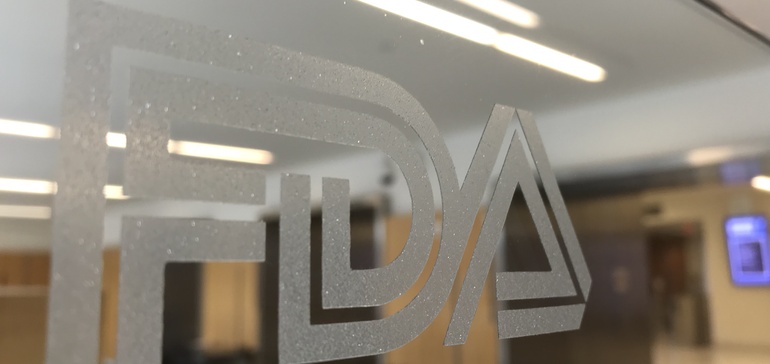Dive Brief:
- Digital health company Eko said Wednesday it received FDA’s breakthrough device designation for priority review of the company’s algorithm to detect heart failure with a specialized stethoscope during a routine physical exam.
- The algorithm helps identify reduced left ventricular ejection fraction, an indication of a weakened heart that is a measure for heart failure, using 15 seconds of echocardiogram data collected by the company’s Eko Duo digital stethoscope.
- The low ejection fraction screening algorithm uses a neural network developed in collaboration with Mayo Clinic. Research on the algorithm was published in the journal Nature Medicine in January and presented at the American Heart Association’s (AHA) annual meeting in November.

Dive Insight:
About 5.7 million U.S. adults are living with heart failure, and about half of those who develop the condition die within five years of diagnosis, according to statistics from the Centers for Disease Control and Prevention. The AHA predicts more than 8 million people will have the condition by 2030.
However, echocardiogram imaging tests typically are not conducted during a physical exam, and heart failure is often diagnosed late. Eko and the Mayo Clinic are backing the idea of giving physicians an inexpensive, noninvasive tool to detect heart disease earlier, before it develops into a more serious illness.
“In effect, by imbedding the technology in a commonly used clinical tool – the stethoscope – all caregivers carry some of the diagnostic prowess of an expert cardiologist with them,” Paul Friedman, chair of the Department of Cardiovascular Medicine at the Mayo Clinic, said in a statement from Eko. Friedman and the Mayo Clinic have a financial interest in the technology.
In results presented at the AHA meeting last month, a test of 100 patients showed the AI algorithm combined with the Duo stethoscope was able to detect ejection fraction below 35% with an area under the curve of 0.90.
The research is comparable to the findings previously published in Nature Medicine, the company said. For that test, researchers paired 12-lead ECG and echocardiogram data, including the left ventricular ejection fraction, from 44,959 patients at the Mayo Clinic, to train a neural network to identify patients with ventricular dysfunction, defined as ejection fraction at or below 35%.
When tested on an independent set of 52,870 patients, the network model showed sensitivity, specificity, and accuracy of 86.3%, 85.7%, and 85.7%, respectively. In patients without ventricular dysfunction, those with a positive AI screen were at four times the risk of developing future ventricular dysfunction compared with those with a negative screen, the researchers said.
FDA breakthrough device status can accelerate the regulatory review of a device and is awarded to novel innovations that demonstrate the potential to address unmet medical needs for life-threatening or irreversibly debilitating diseases.
